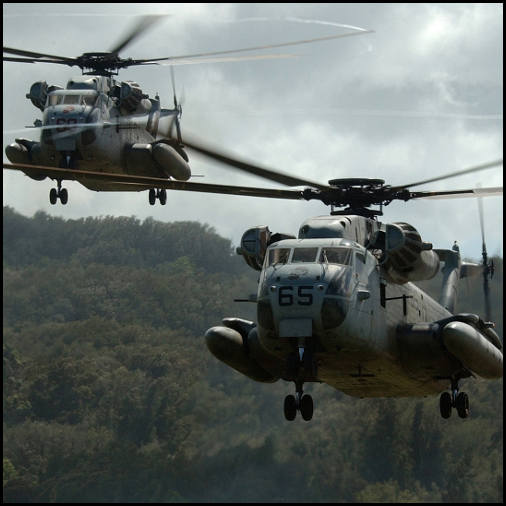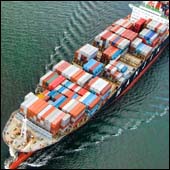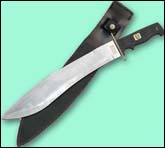
ABOVE:Baker Spring
I don’t know who Baker Spring is, other than some flak for a Washington think tank, but he has, for some reason, decided to join Iran, North Korea and Syria in opposing the U.N. Arms Trade Treaty. According to Baker, the treaty will interfere with the export control reform process:
There are many reasons to dislike the ATT, but one of them … it [sic] that it urges signatories to regulate a wide range of arms exports just as the U.S. reform process is trying to build higher walls around fewer items.
For instance, the new rules on aircraft and turbine engines transfer these items from the strict and inflexible Munitions List, maintained by the Department of State, to the more flexible Commodity Control List, maintained by the Department of Commerce. …
The review process has been meticulous, involving the Departments of Defense, State, and Commerce; the White House; Capitol Hill; industry; allied governments; think tanks; and other interested parties. The specialists in the Administration who have worked in this complex area of federal regulation deserve to be commended for achieving this major milestone in the reform effort. Their work should not be frustrated by uncertainties created by the ATT.
Let’s leave aside for the moment the silliness of this argument given that the White House, which is spearheading export reform, also supports the Arms Trade Treaty. The United States did, after all vote for it. (As did everyone else in the world but North Korea, Syria, and Iran.) If the White House thought that the treaty would gum up export control reform, it’s doubtful it would have supported the treaty.
The bigger problem with Baker Spring’s argument is that he apparently has not read the treaty that he is criticizing or, at least, he does not understand it. The treaty simply requires adherents to impose export controls on the items listed in Article 2, which the United States already does and which it will continue to do whether the item is on the USML or the CCL.
Baker Spring also has not read, or, at least he does not understand, the export control reform proposals that were just adopted. Certainly if he did, he wouldn’t have come up with this whopper quoted above:
For instance, the new rules on aircraft and turbine engines transfer these items from the strict and inflexible Munitions List … to the more flexible Commodity Control List …
Er, no, aircraft and turbine engines are not being transferred to the CCL. Some are and some aren’t. Article 2 of the ATT covers “combat aircraft” and it is safe to say that all those aircraft remain on the USML. As to turbine engines, they are not even covered by the Arms Trade Treaty at all. Article 4 covers “parts and components” such as aircraft engines but only “where the export is in a form that provides the capability to assemble the conventional arms covered under Article 2,” in other words, only when the entire aircraft or other article is exported in the form of disassembled parts and components. An export of a turbine engine by itself obviously fails to meet that criterion.
Somehow I suspect that Baker Spring’s objections to the Arms Trade Treaty are the result of considerations other than the flimsy excuses he proffered in the article at hand.

 Posted by
Posted by  Category:
Category: 


.jpg) Michèle Flournoy, a former undersecretary of defense, writes today in the Wall Street Journal in favor of export law reform in an
Michèle Flournoy, a former undersecretary of defense, writes today in the Wall Street Journal in favor of export law reform in an  Common wisdom is that for the United States to increase its exports, it needs to increase the number of exporters. And since most current exports are made by the largest companies, the Department of Commerce has argued that we need to increase exports by small and medium companies.
Common wisdom is that for the United States to increase its exports, it needs to increase the number of exporters. And since most current exports are made by the largest companies, the Department of Commerce has argued that we need to increase exports by small and medium companies. The Bureau of Industry and Security (“BIS”) and the Directorate of Defense Trade Controls (“DDTC”) have announced proposed reforms to Category X of the United States Munitions List (“USML”). Category X covers protective personnel equipment and shelters.
The Bureau of Industry and Security (“BIS”) and the Directorate of Defense Trade Controls (“DDTC”) have announced proposed reforms to Category X of the United States Munitions List (“USML”). Category X covers protective personnel equipment and shelters.

